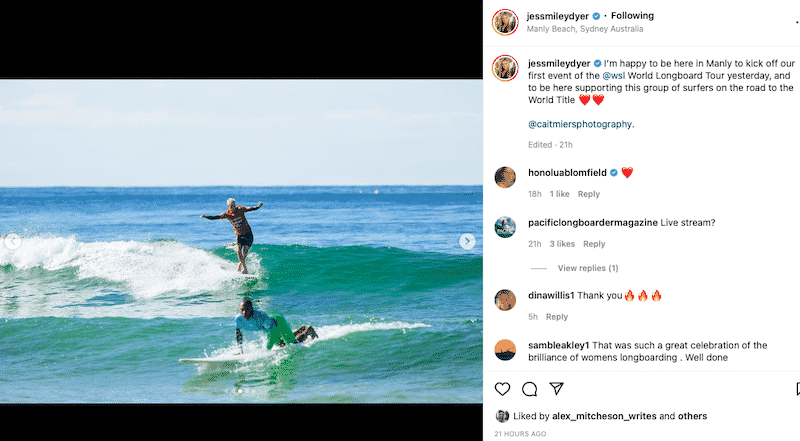But sold out! Can't buy!
Here’s a wild little study that has flown under the radar.
Two professors from the California State University in San Marcos, a dozen miles east of Encinitas, say they’ve conducted exhaustive research on wetsuits and the results ain’t pretty.
The pair are helped by 40 undergrads, and the indoor “surf laboratories” feature motion cameras, a swim bench ergometer, a treadmill on hydraulics, even a surfboard simulator mounted on pistons.
And, what Nessler and Newcomer discovered is that wetsuits are being made with the distribution of rubber thickness all wrong, ass backwards y’might say.
Interestingly, “When researchers have tracked surfers’ activity, they’ve found that surfers spend the majority of time paddling during a session, followed by sitting idle. They only actually surf between 2 percent and 5 percent of the time.”
Anyway, Hurley, back before Nike sold it and it became a beard oil, electric bike and inflatable jetski outlet, built a suit based on the principles of thick in the leg, lighter rubber on the guts – 4mm legs, 3mm lower guts and back, 2mm in the chest, upper back and arms.
A miracle, yes?
Nope. Marketing couldn’t work out how to sell ‘em.
Traditionally, wetsuits are named by their thickness. A 4/3-millimeter suit, for instance, is understood to mean that the thickest neoprene (4 millimeters) is wrapped around the core, while the thinnest neoprene (3 millimeters) covers the extremities. Since the new Hurley suit had the thickest neoprene in the legs, thinned as it reached the torso, then thinned some more in the chest and arms, it was confusing to use those traditional measurements. They ended up calling it the Advantage Max 3/2 Plus.
And, then, Hurley went beard oil, and John John fled to start his own brand along with Bob Hurley and former Hurley VP Bruce Moore.
Moore hadn’t forgotten about Nessler and Newcomer’s research, and Florence Marine X applied the professors’ findings when designing the first Florence Marine X wetsuit, which went on sale last year. The first batch quickly sold out despite its $750 price tag. It’s the first suit to incorporate Nessler and Newcomer’s research on regional temperatures in the body since the Hurley Advantage Max 3/2 Plus, using 3 millimeters of neoprene on the legs and lower torso, while covering the arms, upper chest, and upper back with 2 millimeters of rubber.
But sold out!
And the Advantage max 3/2 Plus for Hurley, which is still out there, ain’t made by the same high-end co’s as it was when Nike so maybe prudent to avoid.
Can’t win for losing etc.







